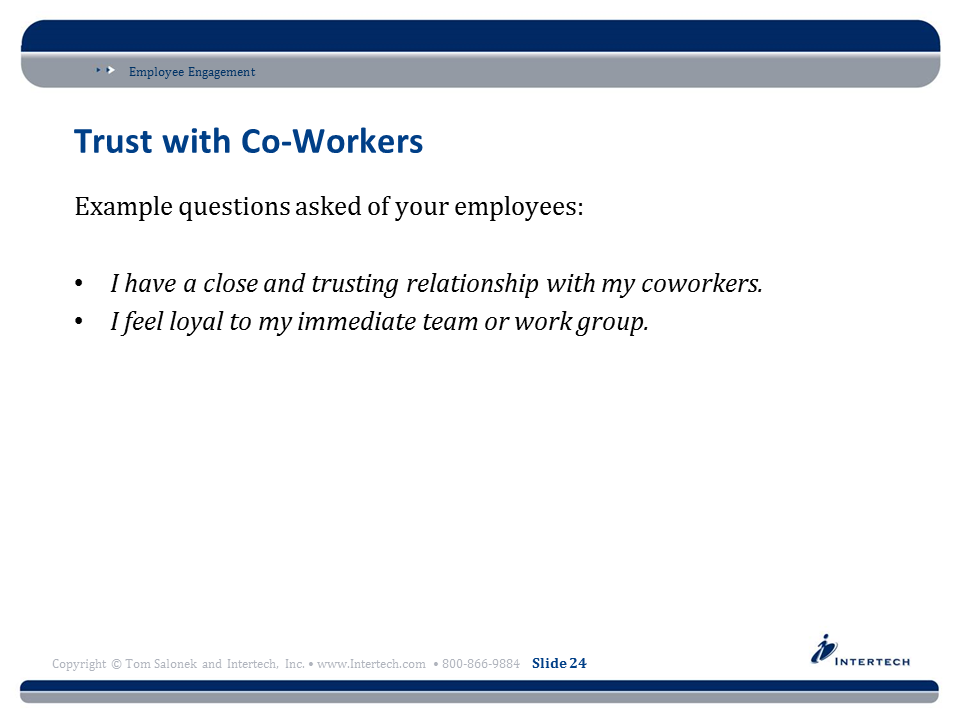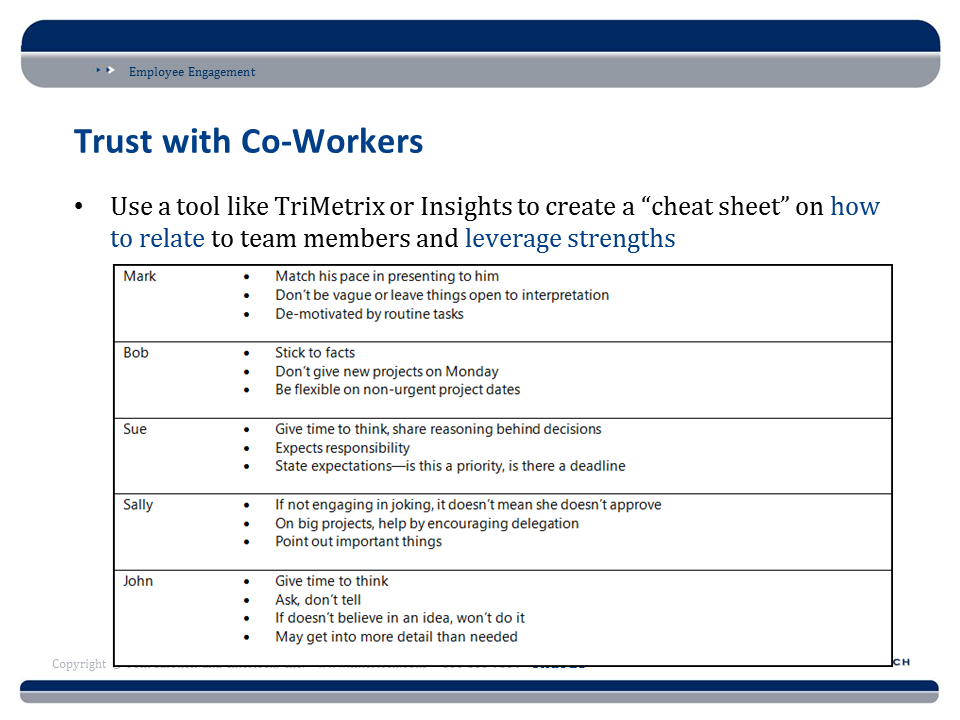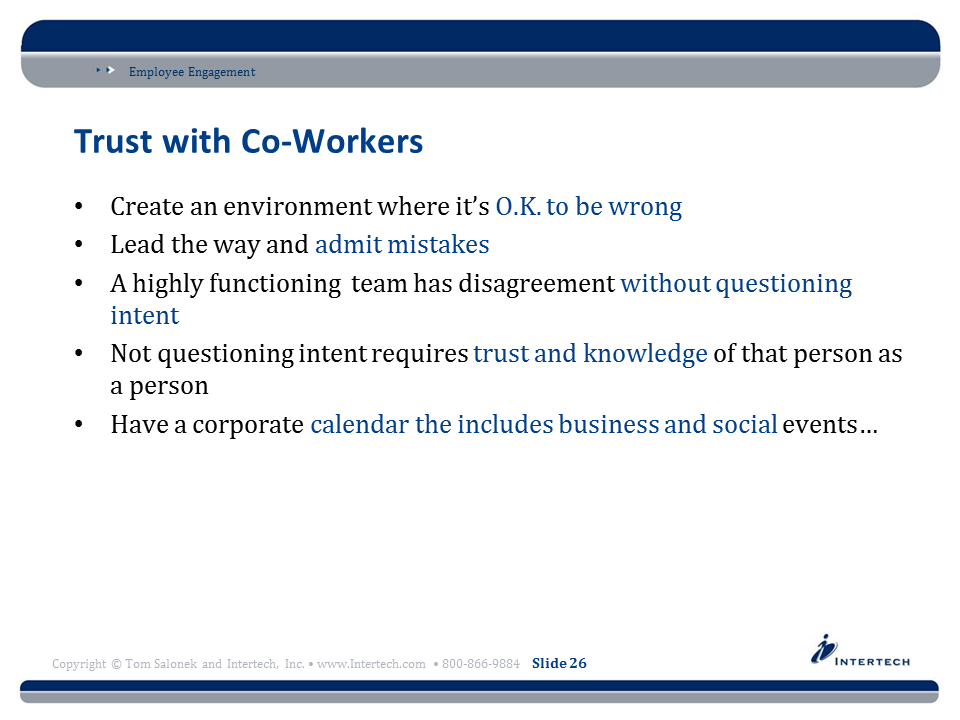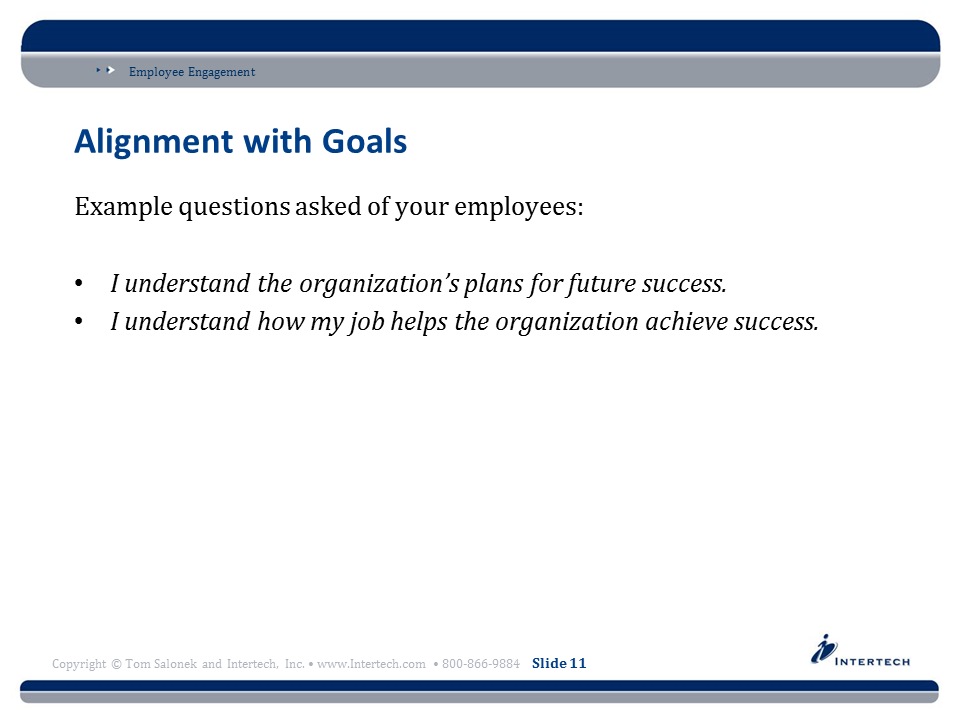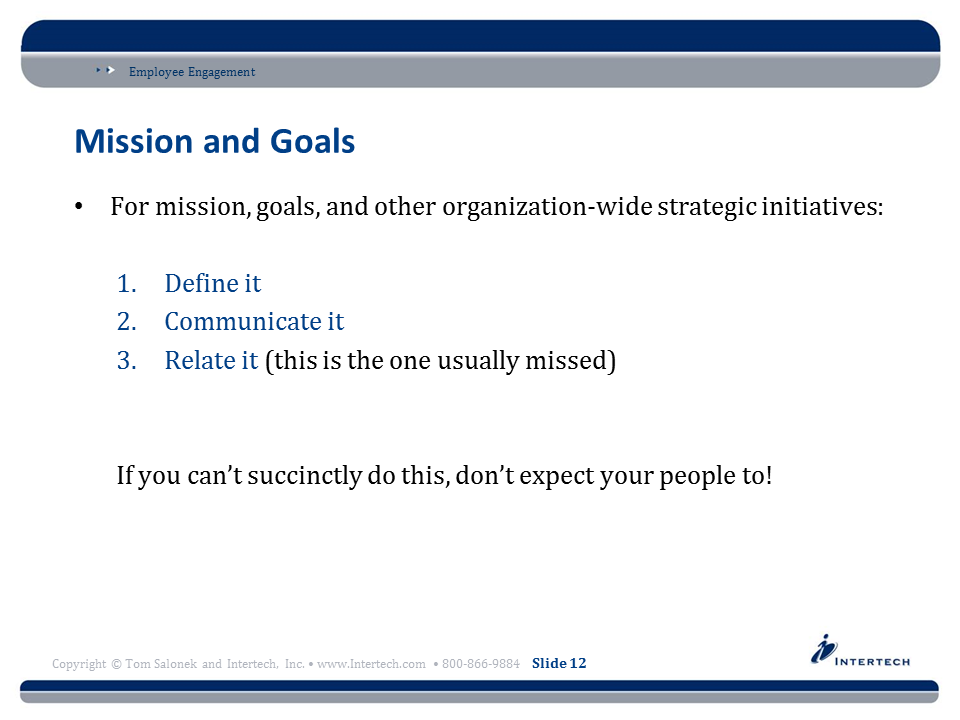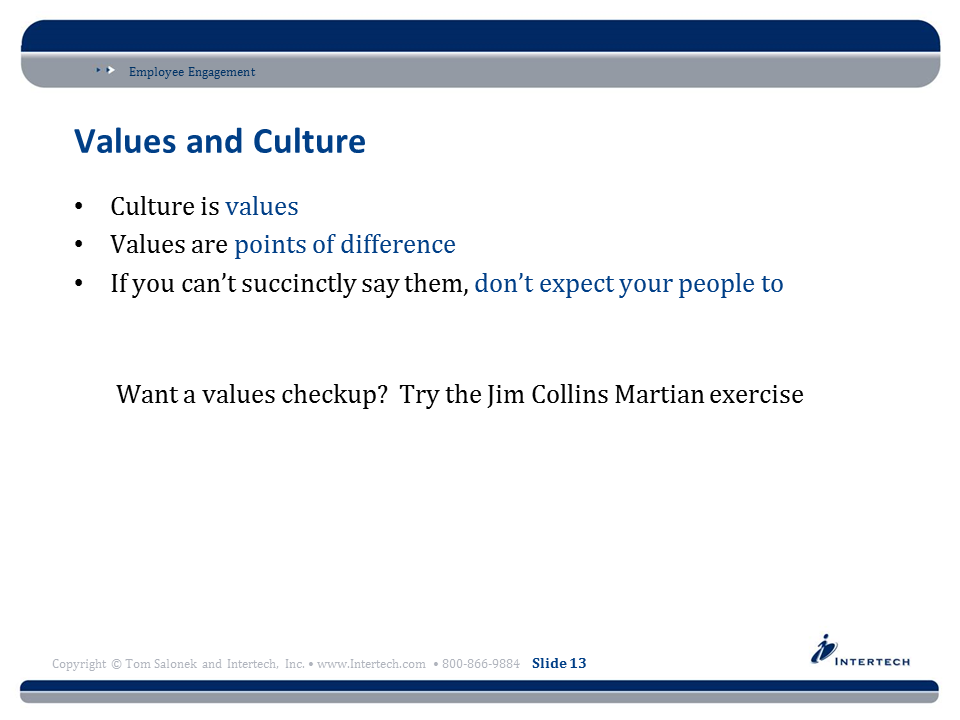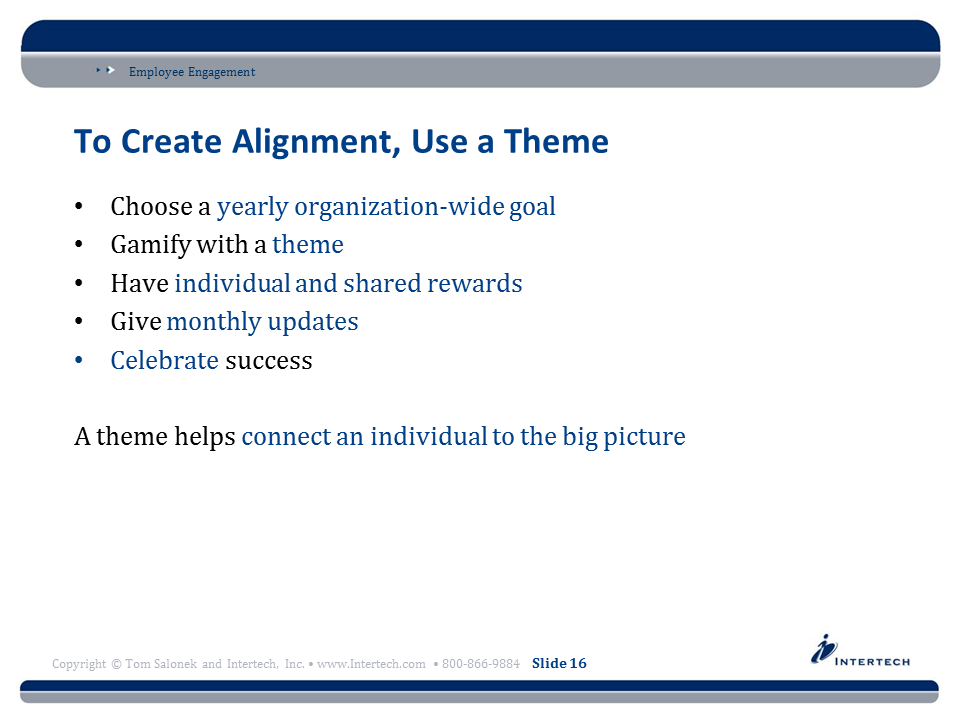Hiring for Curiosity, Ownership & Adaptability: How We Assess the 3 Traits That Matter Most
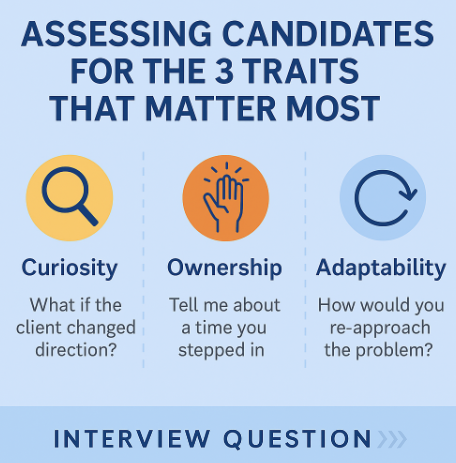
At Intertech, we’ve made a conscious shift in how we hire. While technical skills still matter, they’re no longer enough. The how behind the what—how a consultant thinks, adapts, and leads—is the true differentiator.
So how do we identify candidates who demonstrate curiosity, ownership, and adaptability? Here’s a look under the hood.
1. Curiosity
Look for the why-askers.
Interview Signal:
We ask candidates to walk through a complex past project and pause halfway through. Then we throw them a twist—“What if the client had changed direction at this point?” or “What if a key assumption was wrong?”
What we’re watching for:
Do they instinctively ask clarifying questions before answering? Do they seek to understand the business context or user goals? Curious minds don’t rush—they explore.
2. Ownership
Listen for stories where they took the wheel.
Interview Signal:
We prompt candidates with this:
“Tell me about a time when something went wrong and it wasn’t technically your fault, but you stepped in anyway.”
What we’re watching for:
Do they shift blame or step up? Ownership doesn’t mean perfection—it means being accountable when it counts.
3. Adaptability
Throw them a curveball—on purpose.
Interview Signal:
We often introduce a challenge mid-interview:
“Let’s imagine your tech stack suddenly changed. How would you re-approach the problem?”
What we’re watching for:
Are they flustered or open-minded? Do they pivot with poise or dig in defensively?
Bonus: We Talk Less, Listen More
Our interviews are structured to minimize talking and maximize listening. When candidates tell real, unscripted stories—especially about failures or pivots—that’s where the gold lives.
Why This Approach Works
When clients choose Intertech, they’re trusting us with big goals and big expectations. By hiring consultants who are naturally curious, take ownership, and adapt quickly, we stack the deck in everyone’s favor—ours, theirs, and yours.

